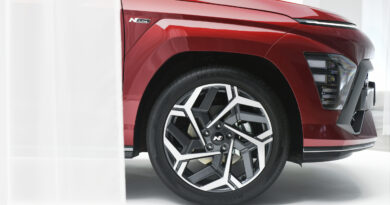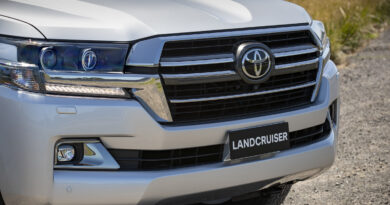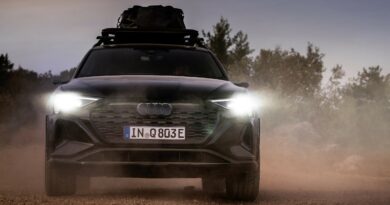Katalis EV.500 could be the coolest e-scooter on Earth
Electric scooters make perfect sense. Not the stand-on hire ones pervading our cities rented only by drunk students or tourists with a death-wish. I mean the proper, sit-on scooters you find putting around Rome (elegant) or every congested Asian city (hazardous).
Problem is they either look incredibly naff or are style statements – see Vespa for example – which are comically expensive.
Indonesian company Katalis is holding two fingers up to the classic scooter/moped style, showcasing its quite extraordinary-looking EV.500 and EV.1000 custom electric scooters.

They were supposed to be shown at Indonesia’s International Motor Show earlier this year, but with coronavirus wreaking its havoc, Katalis has turned to the internet to display its funky wares.
Using a cheap and flimsy-looking Selis Garuda city scooter as a base, the EV.500 has been built using inspiration from a World War 2 fighter aircraft. Dripping with retro style, Katalis says the frame and body are aluminium. Naff no more.

It retains the cheapie (roughly $500 when you convert from Indonesian Rupiah) Selis Garuda’s 500W electric motor with 48V battery, meaning a 40-kilometre range and top speed of around 40km/h. Charging apparently takes up to three hours.
The EV.500 is 1650mm long, 180mm wide and handle bar width of 610mm. It uses 14-inch spoked wheels with aluminium covers, 18-inch tyres and can apparently carry 150kg. Make no mistake, this thing is tiny.
Watching the Katalis promotion video (see above) it oozes cool, but doesn’t look the comfiest thing to ride. The rider has to lean forward in a pose reminiscent of MotoGP rider Valentino Rossi in peak aero mode at Phillip Island, while a lack of front screen will make you grateful the maximum speed is so low.
Sexy touches include Spitfire-esque body rivets, stylish colour stripes, shrouded front and rear lights, external rally switches for the ignition and headlights, and – proving its electric heart – a body-mounted voltmeter.
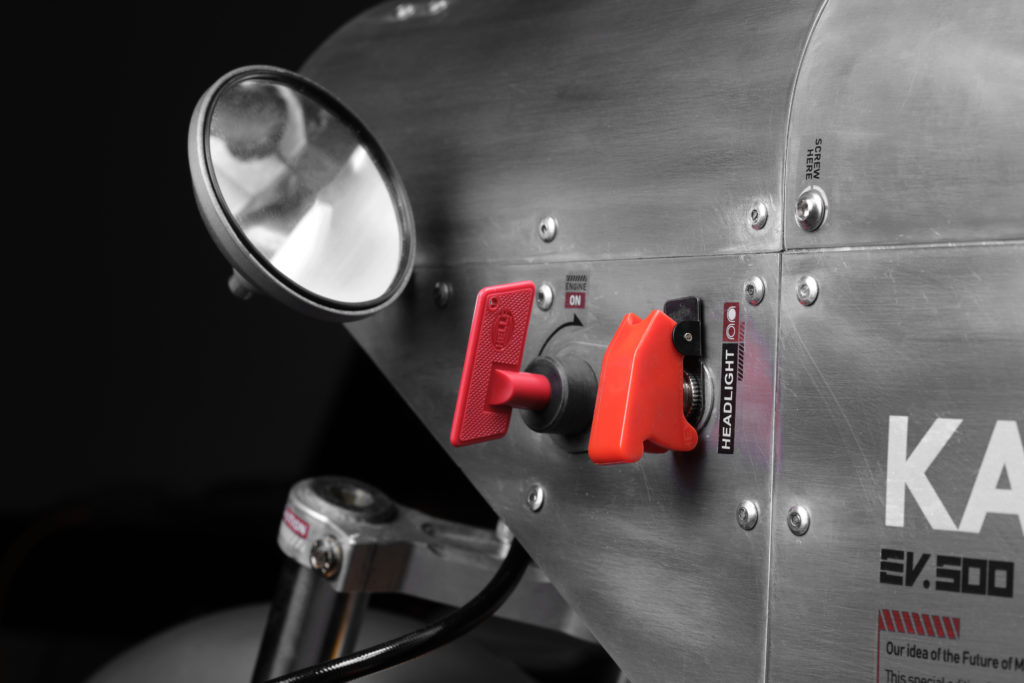
It’s easy to see why an electric Harley-Davidson ruffles plenty of leathery feathers, but the humble scooter seems made for electrification. For starters they’re typically only used for short journeys. That means only a small, cheap-ish battery’s required to offer relevant range.
Plus scooters are so small and light they’re simple enough to negotiate into a tight spot – inside or outside – beside a charge point. If even that’s a problem, the battery should be small enough to remove and carry inside for charging.
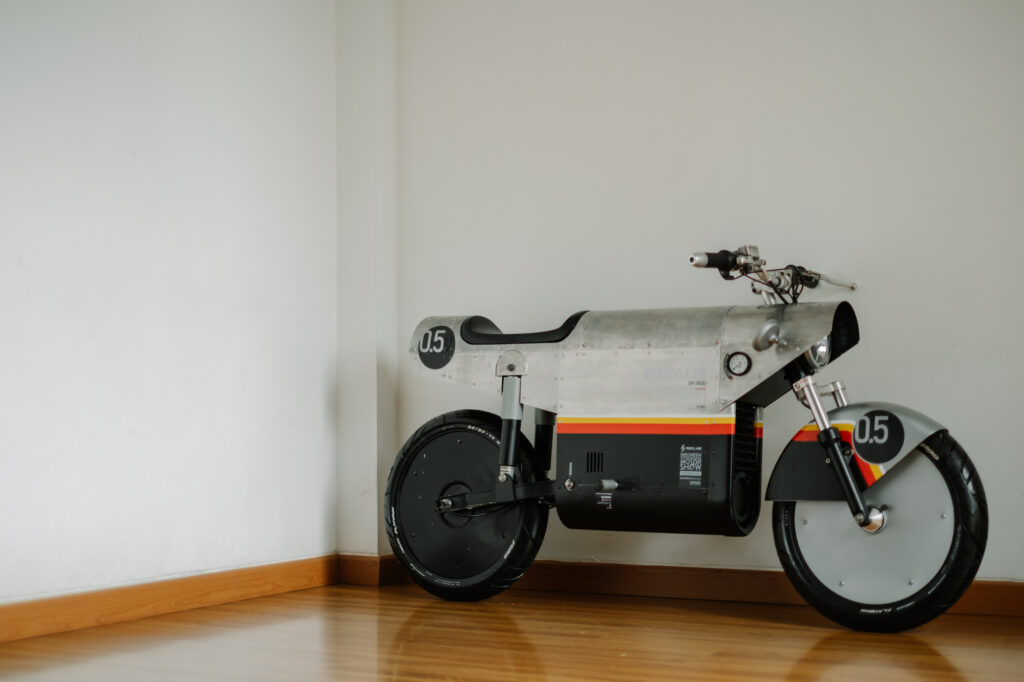
Katalis, based near Jakarta, Indonesia, is principally a design and branding studio. Its custom electric scooter work is in its infancy, but already an EV.1000 TheArsenale “special edition” has been shown.

This has been built for Hong Kong-based “magazine, marketplace, brand and social medium” TheArsenale (I don’t know either), and is a matte black version with similar WW2 styling.
It has more war-winning performance though. A 1000W motor with 48V battery are fitted, promising 80km/h and a range of 90 kilometres.

While no price could be found for the silver EV.500, TheArsenale has slung a $9999 price tag on its EV.1000. Well, nobody said looking cool would come cheap.



